BoC left overnight rate target unchanged at 1.75% as widely expected. In the accompany statement, BoC said the economy is “returning to growth around potential”. Q2 growth “appears to be stronger than expected” due to some “temporary factors”. But ongoing trade conflicts and competitiveness challenges are dampening the outlook for trade and investment.
BoC upgraded 2019 growth forecast slightly from 1.2% to 1.3%. For 2020 and 2021, growth is projected to be at 2%, unchanged. On inflation, BoC noted “some recent upward pressure from higher food and automobile prices.” Inflation is expected to “return sustainably to 2 percent by mid-2020.” That is similar to April’s forecasts.
Going forward, BoC noted that “outlook is clouded by persistent trade tensions”. Current degree of monetary accommodation “remains appropriate”. But the Governing Council will “continues to monitor incoming data, it will pay particular attention to developments in the energy sector and the impact of trade conflicts on the prospects for Canadian growth and inflation.”
Canadian Dollar dips mildly after the release as BoC continued to sound rather “cautious regarding risks, in particular trade tensions. CAD/JPY dips but loss is very limited. As long as 82.03 minor support holds, rebound from 79.97 is resume sooner or later.




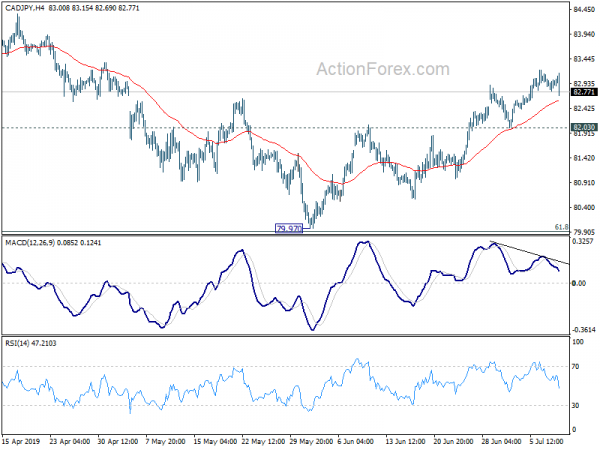
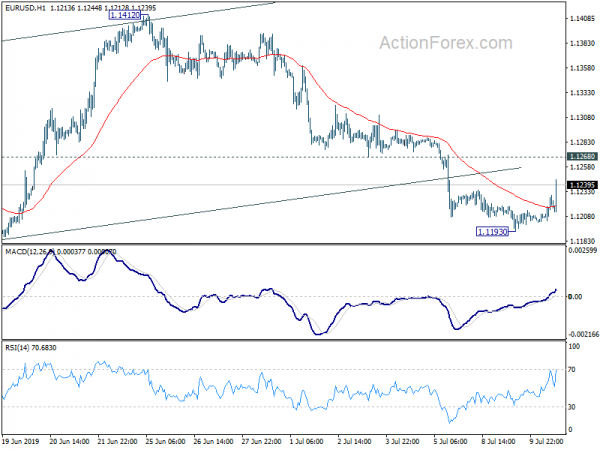
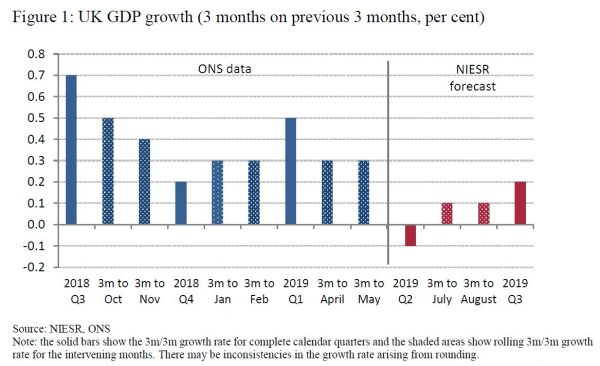
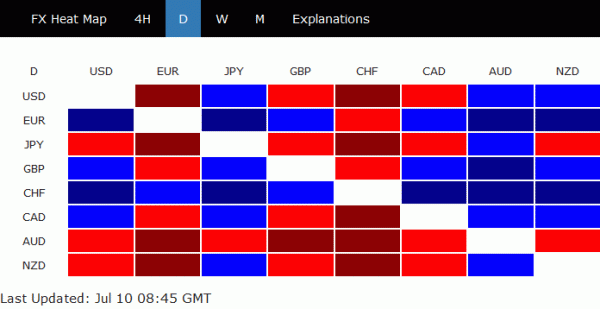
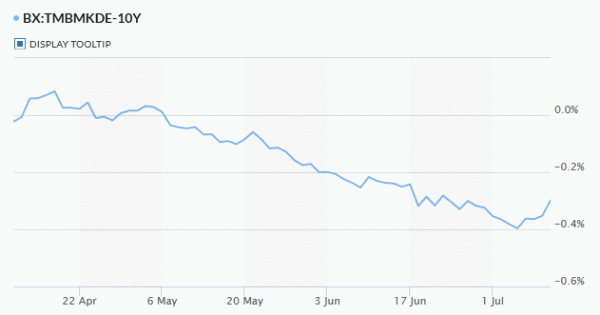
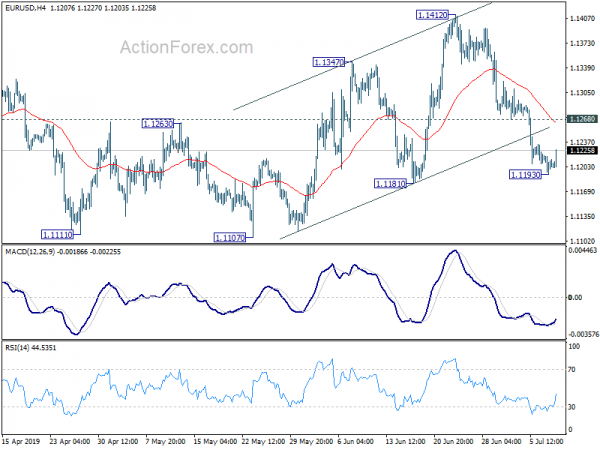
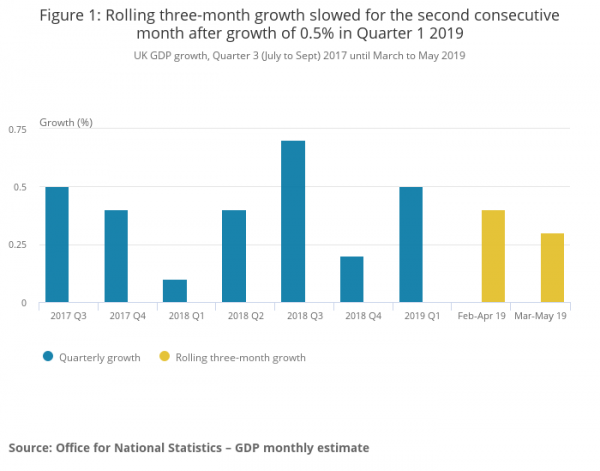
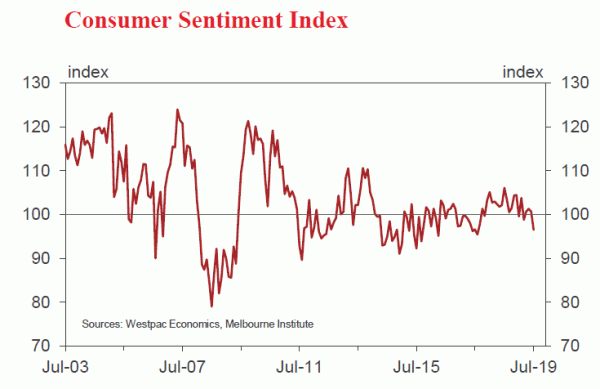
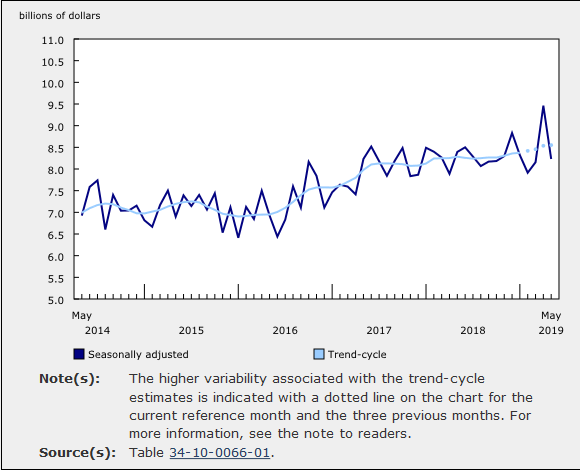
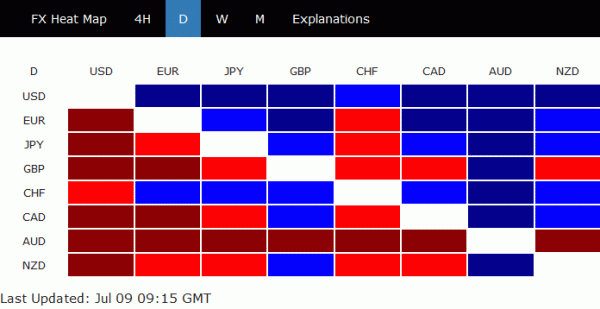
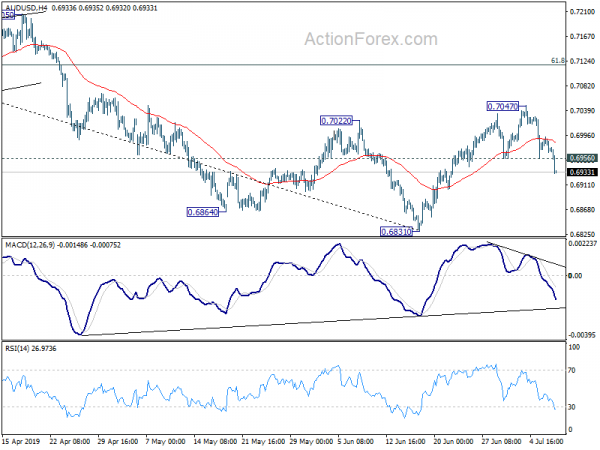
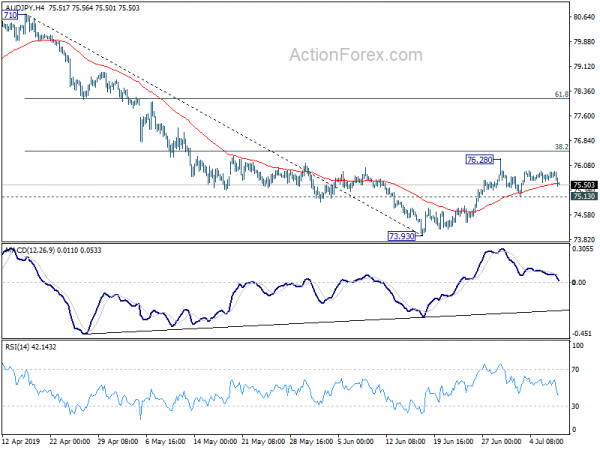
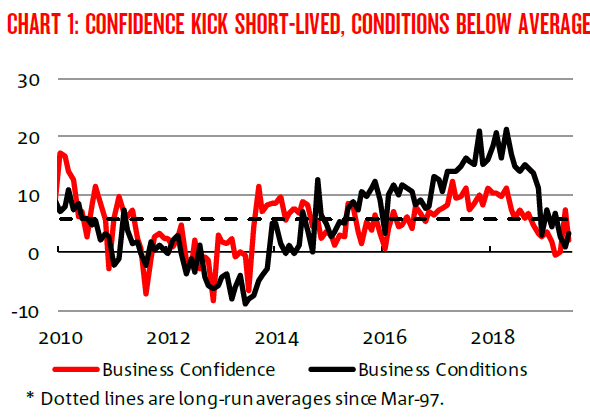
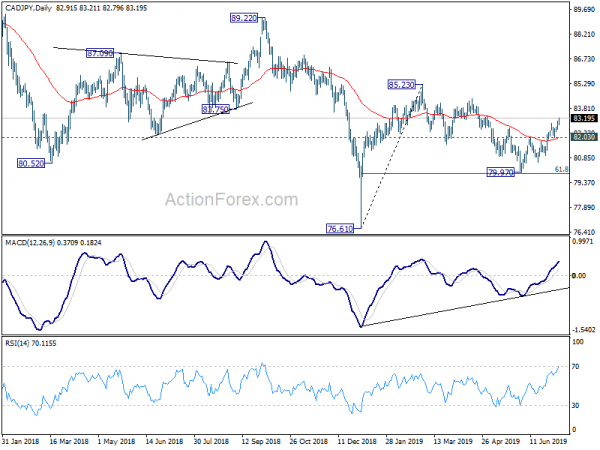
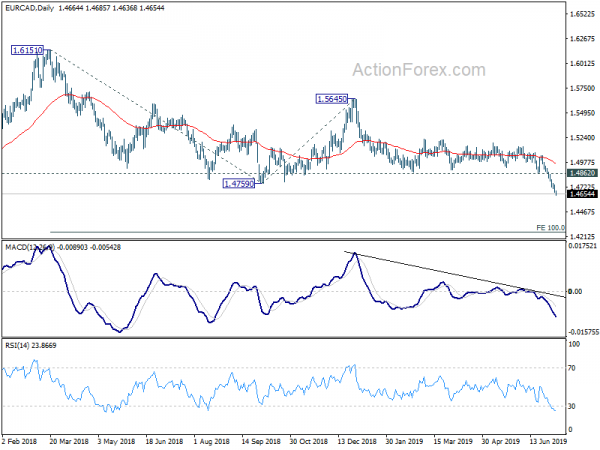
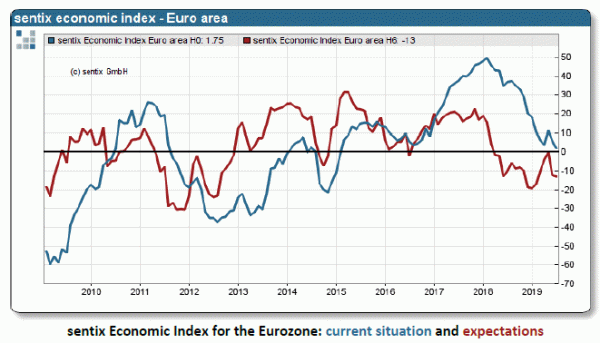
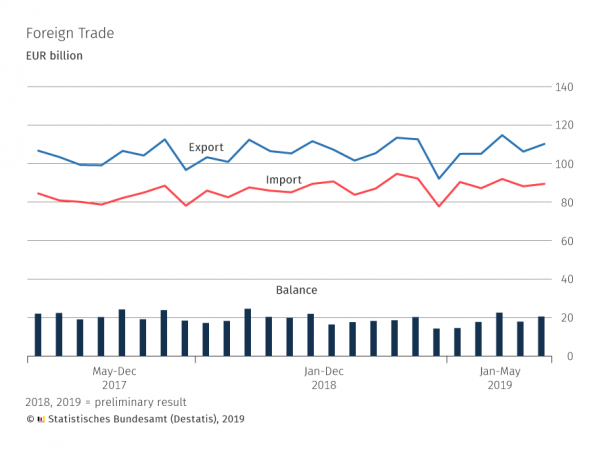
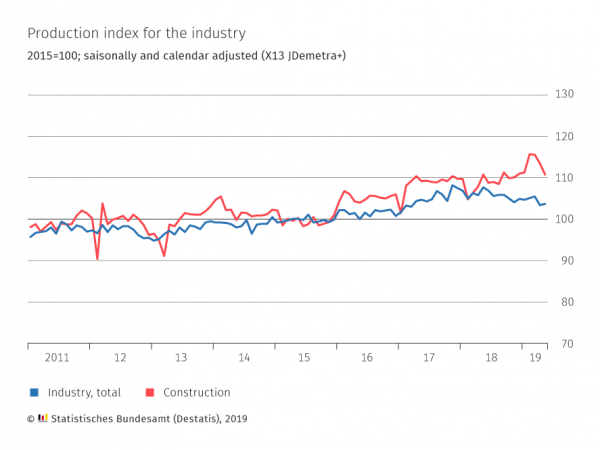

Fed chair Powell’s testimony, live stream
By loading the video, you agree to YouTube’s privacy policy.
Learn more
Load video
Introductory statement.